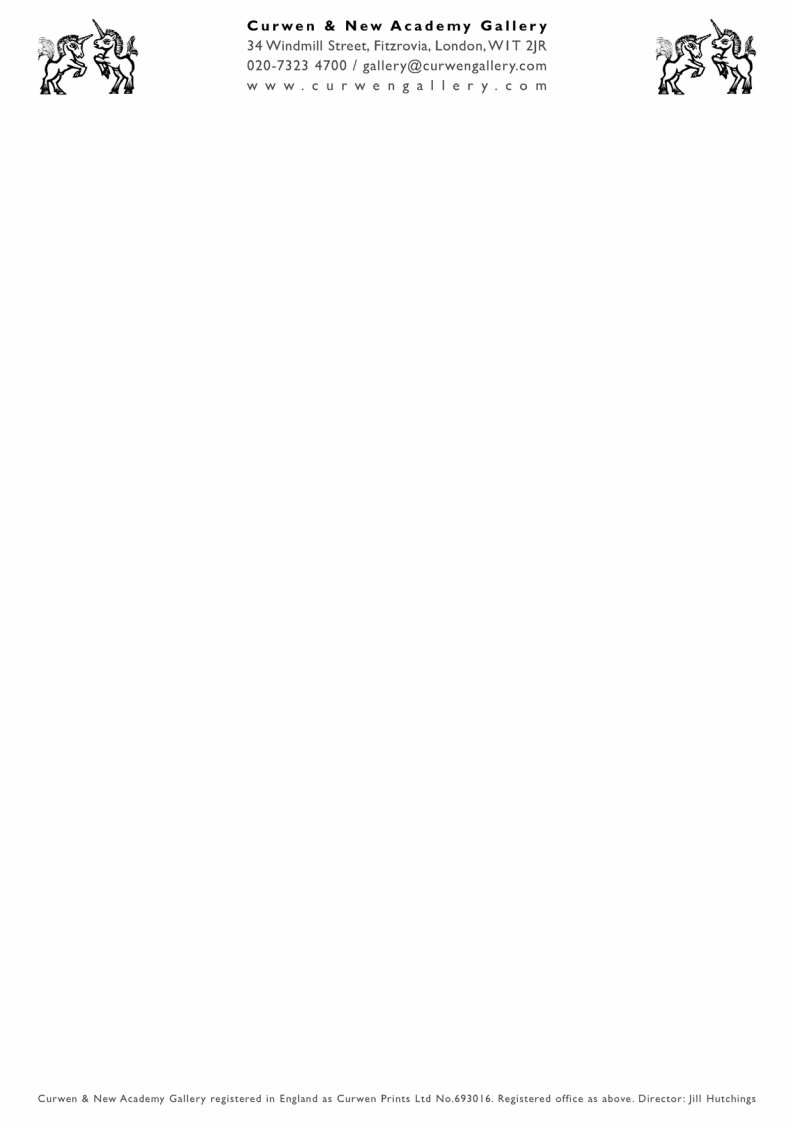
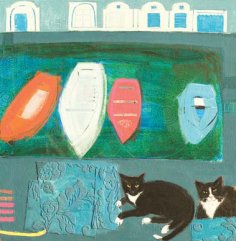
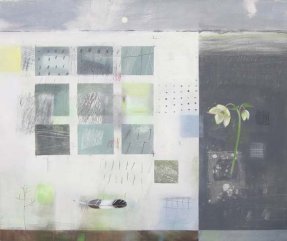
PRESS RELEASE:
EMMA DUNBAR & FIONA MILLAIS
7-28 May 2015
Private View Wednesday 06 May 6-8pm
Emma Dunbar, Harbour Boys, acrylic on board Fiona Millais, These Days of Rain, acrylic on canvas
The paintings of Emma Dunbar and Fiona Millais share common themes of landscape,
coastlines and natural and everyday elements.
Emma Dunbar’s paintings aim to create a feeling or atmosphere of a place or scene.
Encompassing features of her original source of inspiration, she rearranges elements from it,
such as birds, shells, flowers or fish. These may be placed alongside true landmarks as focal
points, as her primary concern is for the impact of the resulting visual image, rather than
making a literal depiction of it. Some works are simple arrangements of flowers in patterned
or coloured jugs, with fruit or chocolates nearby. These reference traditional still life
painting, yet in a contemporary style. Vivid colours are a signature feature to her work as
are her use of decorative elements such as patterning and gold leaf. Her work is consistently
uplifting and has a great feeling of optimism.
Fiona Millais’ paintings are in a similar way a representation of the artist’s response to, or
memory of, a place. Fiona gathers additional materials such as feathers or stones, and they
become reminders of the location and time. She often works in layers of paint, leaving some
traces of the original image visible, with layers of texture, colour and interwoven history.
This represents her interests in the natural rhythms of the land and how it reflects our
presence or the lack of it. The layers within Fiona’s paintings encompass these ideas of how
landscapes are shaped by humankind, leaving marks and echoes through time.
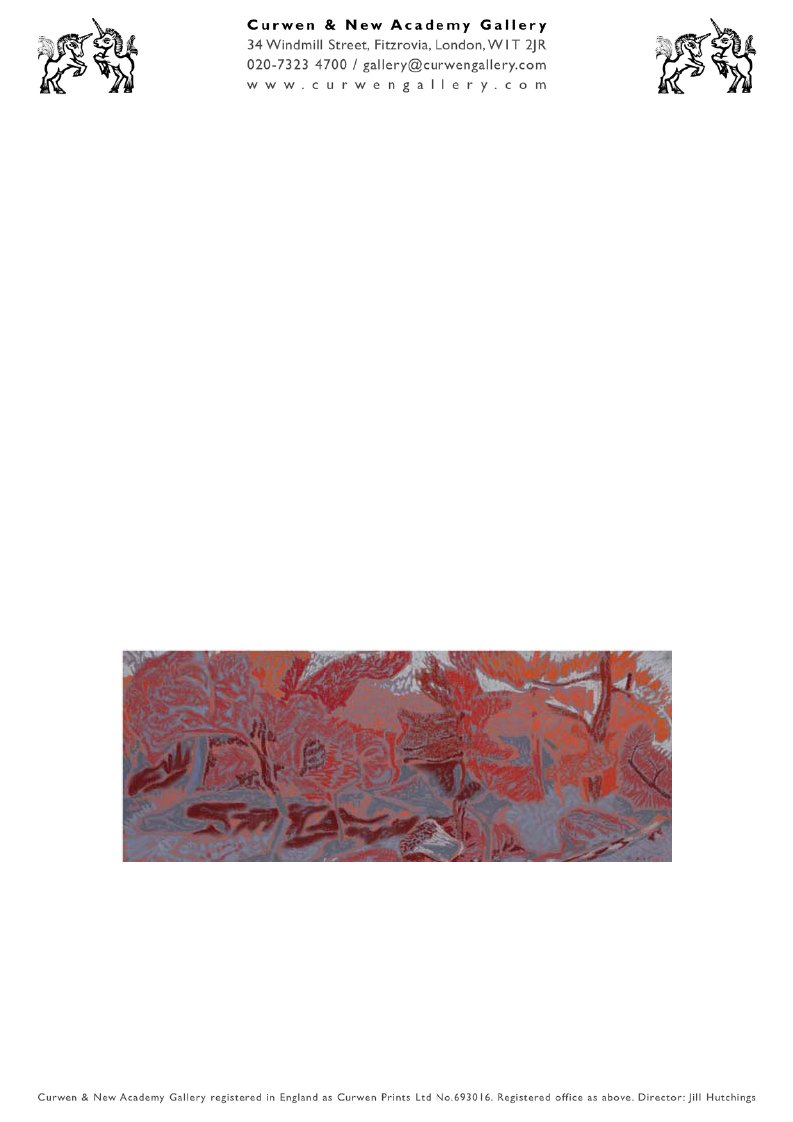
Emma Dunbar’s influences come from travelling in India, Cornish holidays and the chaos of
cats and children wandering onto wet paint. She also draws inspiration from the work of
favourite artists, including Mary Fedden, Milton Avery and Daphne McClure. Born in England
in 1961, she graduated in 1984 with a BA (hons) in Fine Art Printmaking from West Surrey
College of Art and Design. Since then she has worked full time as an artist and exhibited
throughout the UK. Her paintings have been internationally reproduced as greetings cards,
posters, limited edition etchings and even fabric designs.
Fiona Millais grew up surrounded by the heather of the Surrey Hills and exploring the wild
West Coasts of Scotland and Cornwall, these places and her memories and drawings of
them now being an inspiration for her work. She studied Fine Art at the University of
Newcastle upon Tyne, graduating in 1984. Her great-grandfather was the Pre-Raphaelite
painter, Sir John Everett Millais.
And in the upper gallery:
MARK CAZALET
Paintings & Drawings from Les Bassacs
7-28 May 2015
Private View Wednesday 6th May 6-8pm
Artist’s talk Tuesday 12 May from 6.30pm
Mark Cazalet has been making artwork in response to his visits to the small hamlet of Les
Bassacs in the Luberon Valley, Vaucluse for nearly 20 years. This beautiful location has
captivated his imagination with its brilliant light and distinctive aromatic fragrance.
Part of Les Basaacs Autumn series, chalk on coloured paper, 25 x 65cm
The architecture of the woodland has been a reoccurring theme for his work, influenced by
the Romantic English landscape tradition as well as the poetry of Philip Larkin, Dylan
Thomas and Robert Frost. In his new work Mark Cazalet aims to capture a sense of place,
both in the contours of the landscape itself as well as in the subtler emotional essence of his
memories.
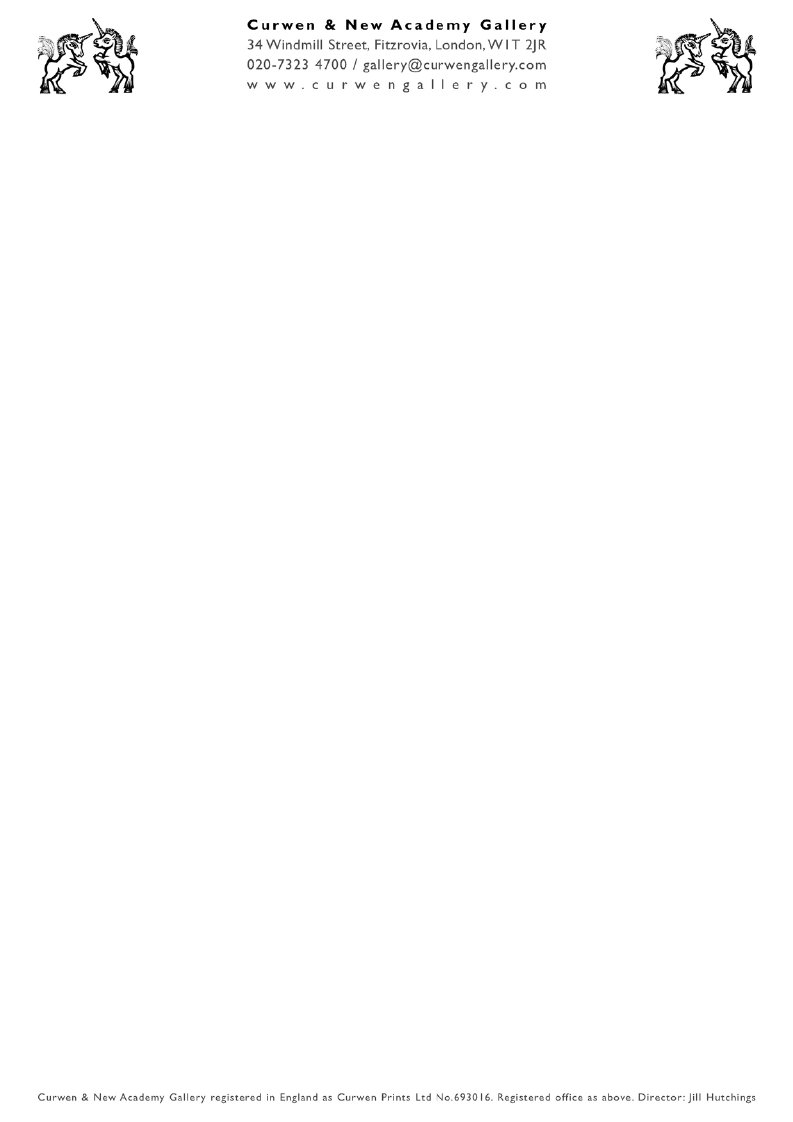
Six years ago, during a teaching excursion to Les Bassacs, he began working at dawn to draw
the effects of the first rays of the sun on the foliage. In the evenings, after his classes were
over for the day, he found there to be a good moon, so at night he continued drawing. This
habit of dawn and dusk drawings formalised into a routine over that period.
He took to the idea of imagining that the dawn drawings were a kind of Matins focused
around a song of thanks for a new day, Mary’s Magnificat. The Dusk drawings were equally
a leave taking of the light and celebration of a day closing. They became Simeon’s Nunc
Dimitis.
These meditative intentions made the works into a kind of graphic mindfulness exercise, a
period of contemplation at the beginning and end of the day. The results of this period of
ritualised working will be showing at Curwen Gallery this May.